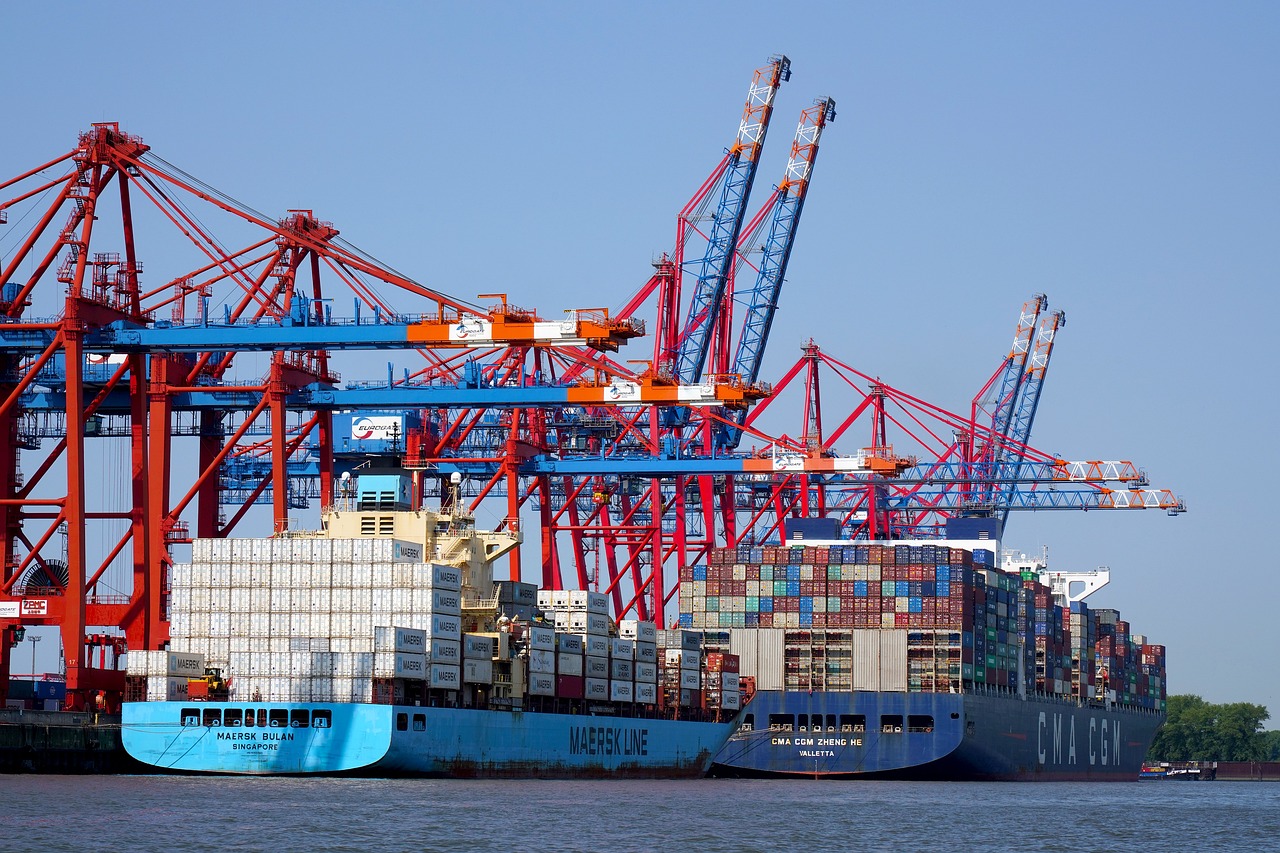Table of Contents
In the ever-evolving landscape of global industry, the steel supply chain stands as a critical backbone. The complexities surrounding its dynamics have far-reaching implications, ranging from economic stability to technological advancements.
1. Global Demand and Production Dynamics
The demand for steel is intrinsically linked to global economic health, with construction, automotive, and manufacturing industries being primary consumers. As of 2020, the world produced approximately 1.86 billion metric tons of steel. However, production capacities are not evenly distributed, with countries like China contributing over half of the global output.
This geographical disparity creates an imbalanced market where production surpluses in one region can lead to shortages in another. Additionally, fluctuating demand driven by infrastructure projects or automotive needs can cause rapid changes in steel prices. Emerging economies, undergoing rapid industrialization, particularly in Asia and Africa, further complicate the demand-supply equation. Understanding these global patterns requires constant monitoring of trade policies, economic forecasts, and industry trends.
2. Raw Material Sourcing and Its Impact
Steel production relies heavily on raw materials like iron ore, coal, and limestone. The availability and cost of these resources significantly impact steel prices and supply chain stability. Countries rich in these minerals, like Australia and Brazil, have distinct advantages. However, political instability, environmental policies, and natural disasters can disrupt their supply, leading to price volatility. The mining of raw materials also poses environmental and social challenges, with increasing scrutiny on sustainable practices. Efforts to reduce carbon footprints and improve mining conditions are reshaping sourcing strategies. In addition, the advent of recycling technologies is becoming vital as recycled steel becomes a prominent alternative, reducing dependency on raw mineral extraction.
3. Transportation and Logistics: The Backbone of Supply Chains
Efficient transportation and logistics are paramount in ensuring a smooth steel supply chain. Steel, being heavy and bulky, requires specialized handling and transport. Shipping routes, port capacities, and rail infrastructure play crucial roles in determining delivery times and costs. Congested ports, for example, can delay shipments and create bottlenecks. Additionally, geopolitical events such as trade wars or piracy can disrupt maritime transport, forcing suppliers to reroute and incur higher costs. Innovations in logistics, like blockchain for tracking shipments and drones for inventory management, are revolutionizing the sector. These advancements, combined with intermodal transport solutions, offer increased reliability and efficiency, essential for meeting the steel industry&8217;s demanding schedules.
4. Technological Advancements and Their Influence
Technology is a driving force in the modernization of steel supply chains. Advanced manufacturing techniques, including automation and artificial intelligence, are enhancing productivity and reducing waste. AI algorithms can predict maintenance needs, reducing downtime and increasing operational efficiency. Furthermore, new steelmaking processes, such as electric arc furnaces (EAF), offer more sustainable and cost-effective alternatives to traditional blast furnace methods. Technologies like Industry 4.0 enable real-time data sharing and process optimization across the supply chain. Robotics and automated systems are also increasingly employed in warehouses and production lines, minimizing human error and labor costs. Overall, these technological advancements facilitate a more resilient and responsive supply chain capable of adapting to market fluctuations.
5. Sustainability and Ethical Considerations
Sustainability is becoming a central concern in the steel industry, impacting supply chain dynamics significantly. Governments and consumers alike are demanding greener practices and transparency regarding sourcing. Steel production is inherently carbon-intensive, accounting for about 8% of global CO2 emissions. However, companies are now investing in cleaner technologies and renewable energy sources to mitigate this impact. Circular economy models, emphasizing recycling and waste reduction, are gaining traction. Ethical considerations, including fair labor practices and community impacts of mining operations, are also under scrutiny. Certifications and compliance with international standards such as ISO 14001 for environmental management are becoming prerequisites for market access. Balancing sustainability with profitability remains a challenging yet essential endeavor for the industry&8217;s future.
In summary, the complexities of the steel supply dynamics encompass a myriad of factors including global demand, raw material sourcing, logistics, technological advancements, and sustainability. These elements are intertwined, shaping a supply chain that must be as robust and adaptable as the steel it delivers.


